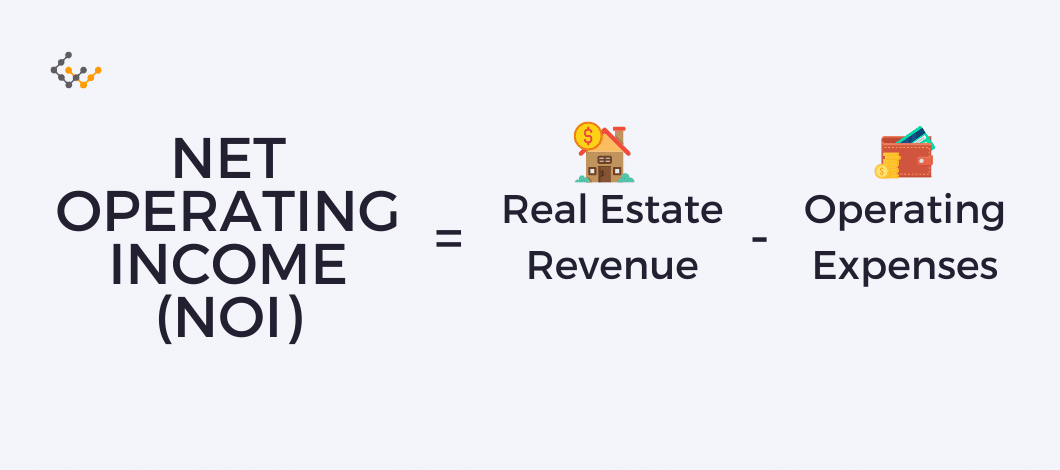Net Running Income (NOI) is a critical metric in real-estate investing. It establishes a property' ;s profitability before financing fees and taxes. Calculating NOI helps investors examine the income-generating possible of home, evaluate deals, and make knowledgeable investment decisions. Understanding how to calculate net operating income effectively is vital whether you're considering a single-family rental or even a big professional building.

What is NOI?
NOI stands for Internet Functioning Income. It presents the total money created by a property after subtracting all functioning expenses but before deducting mortgage payments, capital expenditures, and taxes. It offers a definite photograph of how much income a property produces on its own, without the impact of how it's financed.
The NOI Formula
The simple formula for NOI is:
NOI = Disgusting Running Revenue - Running Expenses
Let's separate that down further.
Step 1: Determine Gross Operating Income
Gross operating income contains all the revenue the home generates. This usually contains:
Hire revenue
Washing models or vending devices (if applicable)
Parking costs
Storage rentals
Different service-related income
An increased NOI frequently shows a better-performing investment, but it will always be considered as well as other economic metrics and house conditions.
To sum up, calculating NOI is really a basic step in studying property deals. It allows investors to separate working performance and make more proper expense choices.
Money expenditures (like ceiling replacements or key renovations) are not a part of running expenses. Neither are mortgage funds, as NOI is determined before financing.
Example Calculation
Let's say a multifamily house yields ₹1,200,000 in major hire income annually. It has the average vacancy rate of 5%, resulting in powerful major revenue of ₹1,140,000.
Operating expenses total ₹400,000 annually, including preservation, insurance, fees, and management.
NOI = ₹1,140,000 - ₹400,000 = ₹740,000
That ₹740,000 is the web running money, addressing the profit from operations before financing and taxes.
Why NOI Matters
Investors use NOI to:
Consider the profitability of home Determine the capitalization rate (Cap Rate) Compare various expense opportunities Estimate home price predicated on revenue
If the home is not completely occupied, alter for the vacancy rate. For example, if the major potential book is ₹1,000,000 annually but you expect 5% vacancy, the actual disgusting income will be ₹950,000.
Step 2: Subtract Operating Expenses
Operating expenses are the continuous charges necessary to maintain and control the property. These include:

Home management fees Fixes and maintenance Home taxes Insurance Resources (if maybe not compensated by tenants) Appropriate and sales expenses Products Advertising and advertising
